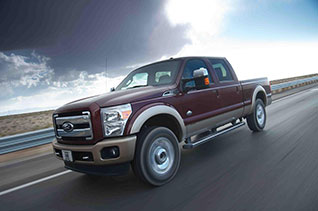
HOME
WHY MODULAR?
STUART EMMONS
CONTACT
PRESS
RESIDENTIAL MODULES
PROJECTS
HOMELESSNESS
SHELTER MODULES
REPORTS
Increase Green Design

Waste from a modular project - this would have been 3 dumpsters on a conventional site-built project.

Modular construction uses less electricity to construct due to industrial design efficiencies.

Waste in a modular factory is most times stored for use on future projects.

Tradesmen having to drive many days to sometimes remote sites uses more fossil fuel than a modular project with much of the work taking place in a manufacturing plant.
Modular is greener. Modular creates less waste and uses less energy to construct. Additionally, weather protected construction diminishes moisture related issues, such as mold, associated with wet timber construction, and helps improve indoor air quality.
Less Waste. Modular reduces construction waste from 70 – 80%. The little pile of rubbish (image top left - from the Kah San Chako Haws project) was in lieu of several dumpsters that would be needed for conventional construction. With lessons learned from the pilot project, waste can be reduced even more on subsequent projects. In the modular factory, most waste is not thrown away, but stored (image top right) and reused in future projects.
Less Energy. Modular construction uses less electricity. Making modular units in plants uses less energy than site construction due to steamlining and repetition. Modular construction also uses less petroleum: there are less fossil fuels used from a reduction in worker vehicle trips to construction sites.
Healthier Buildings. Modular reduces potential for post-construction, water associated issues in wall cavities, due to dry wood construction and rain protected wall/roof framing, contributing to improved indoor air quality and reducing potential adverse health effects from buildings with mold.
Safer Work Environment. Modular results in safer work environments. Window, siding and roof installers are far closer to the ground plane than conventional site built multi-story construction.
Less impact on Neighborhood. Modular reduces the impact to neighborhoods due to shorter construction time including: less noise, vibration, dust, traffic/parking impacts, and less general disruption.
For other Green design elements specific to Kah San Chako Haws, please press here.
